How the ’90s Kids Survived Long Car Rides Without iPads
Long before iPads or Bluetooth, kids had to find creative ways to survive car rides.
Looking back, those long rides taught patience, creativity, and how to sit still with one’s own thoughts—skills that feel rare today. Here is how the ‘90s kids managed to stay busy on the road without a single screen.
Listened to Music to Pass the Time

Credit: iStockphoto
CDs and cassette tapes were the main source of entertainment. Families played pop hits, old rock songs, or whatever was in the glove compartment. Kids memorized every word because there was no shuffle or skip button.
Counted License Plates
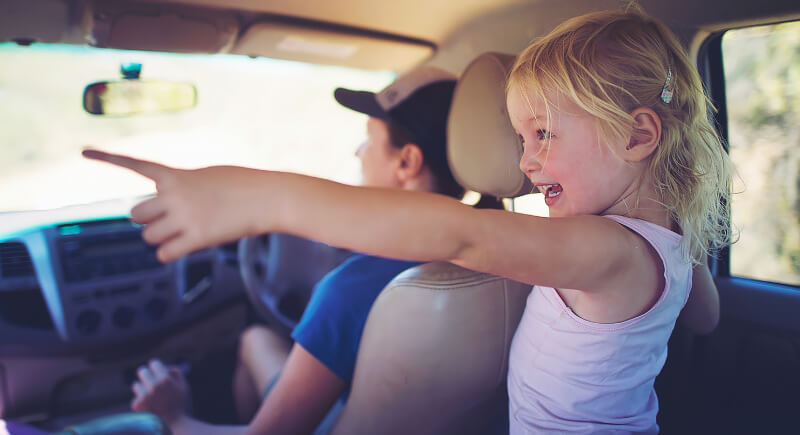
Credit: Getty Images
Counting license plates started as a simple distraction and turned into a serious game. Families challenged each other to find plates from different states. Everyone kept track of the score to see who spotted the most. The game made kids pay attention to the world outside.
Fought for the Window Seat
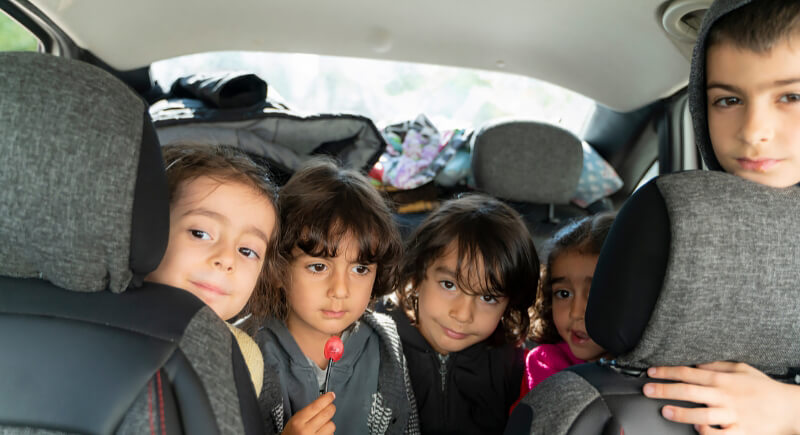
Credit: Getty Images
The window seat gave the best view and a little personal space. The child sitting in the middle usually ended up passing snacks or serving as an armrest for both passengers on either side. The never-ending fight for the window started before the engine even turned on.
Played Handheld Games
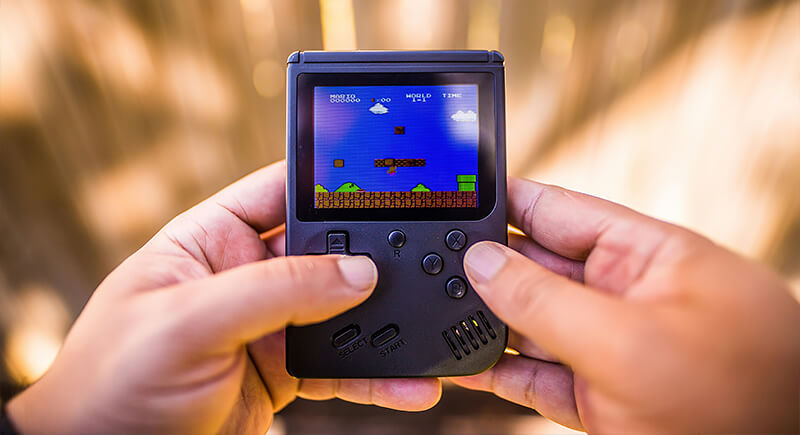
Credit: pexels
Game Boys and Tamagotchis were popular at the time. The internet wasn’t yet portable, so these handheld games were cutting-edge entertainment. Kids played Tetris, Super Mario, or Pokémon Red until the batteries ran out. Once the screen went dark, they were back to staring out the window.
Played Word and Story Games
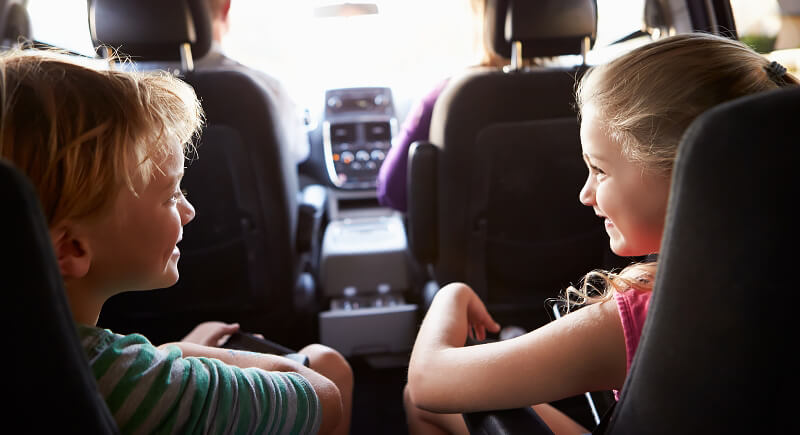
Credit: Canva
This or that, 20 Questions, Mad Libs, and many other similar games helped pass the time. The stories often got ridiculous, but everyone laughed. Parents liked it because it kept kids talking instead of arguing. More importantly, it was a bonding experience like no other.
Ate Gas Station Snacks
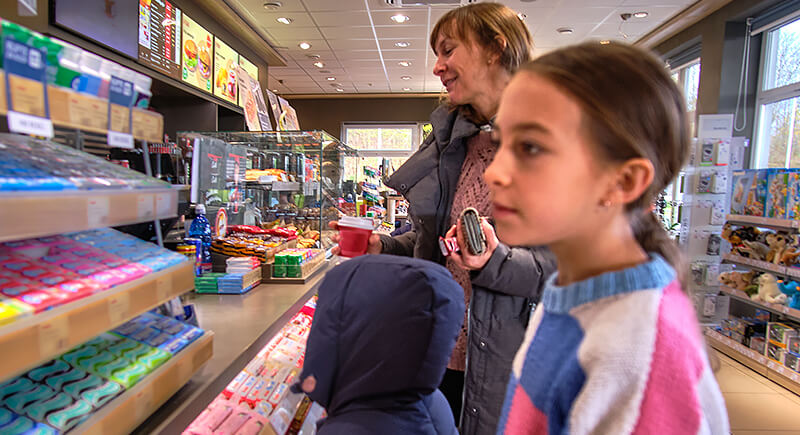
Credit: iStockphoto
Every stop meant picking out treats for fun. Chips, candy, and sodas were rewards for good behavior, although sharing was rare. Kids waited for the next gas station to stack up while parents complained. Ultimately, they had no choice but to continue purchasing more to keep everyone happy and calm.
Used Paper Maps
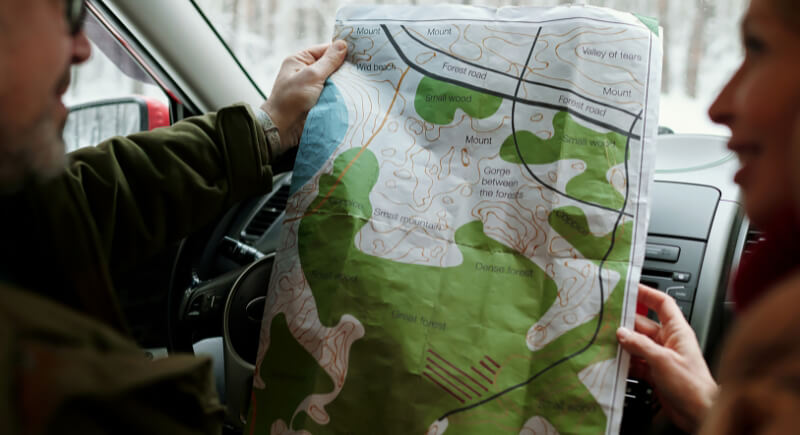
Credit: Canva
Before GPS, families relied on large paper maps. Parents and kids usually worked as a team to help find the right routes. Discovering random towns, especially those with unusual and amusing names, became an integral part of the overall experience.
Played “I Spy”

Credit: iStockphoto
“I spy with my little eye” could go on for hours when on the road with the family. Some clues were easy but brought a lot of joy to the kids. Older kids would intentionally choose more challenging tasks, which often led to arguments.
Sang Along
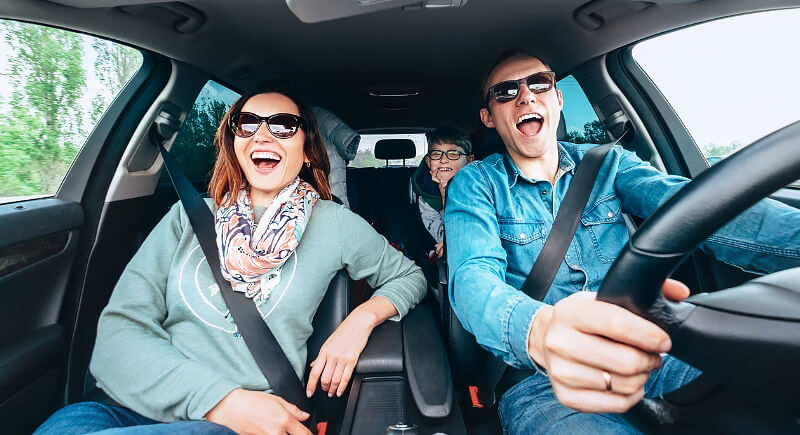
Credit: Getty Images
Even without the cassettes and tape, music was a part of the long car ride. One person would volunteer to begin the singing game, and others joined in effortlessly. Everyone sang along to their favorite songs, no matter how off-key.
Took Naps
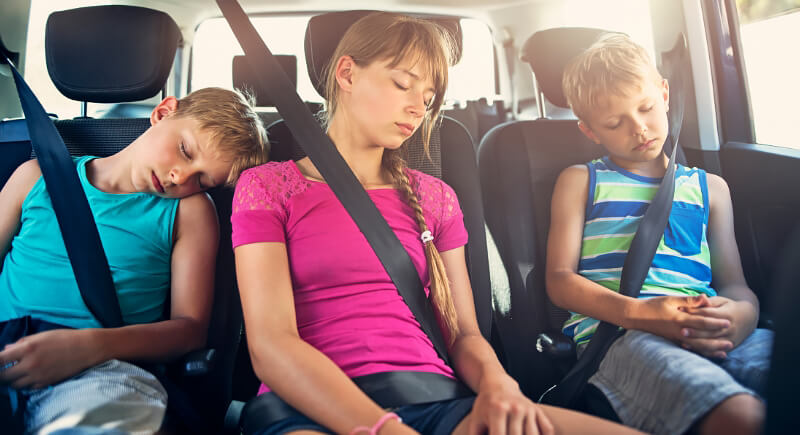
Credit: Getty Images
After enough noise and snacks, the kids fell asleep. The steady sound of the car made it easy to drift off. Naps became a part of the road trip and made the ride feel shorter.
Doodled on Foggy Windows
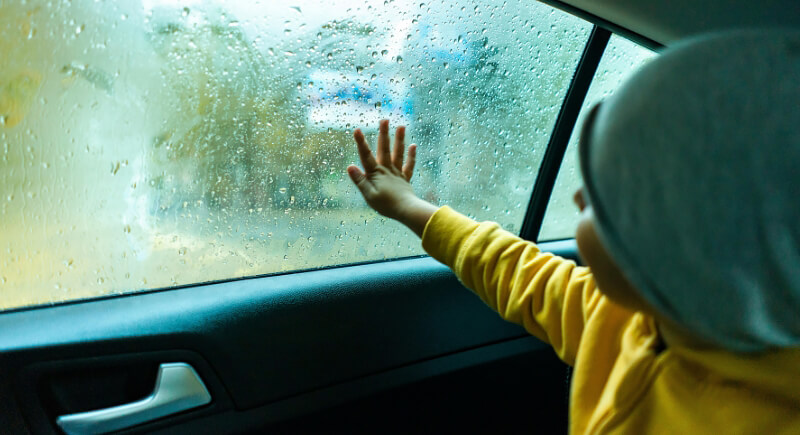
Credit: pexels
When the weather turned humid or rainy, kids used their fingers to draw on fogged-up windows. The art gave them something to do until the glass cleared again.
Became the ‘Pretend’ Driver
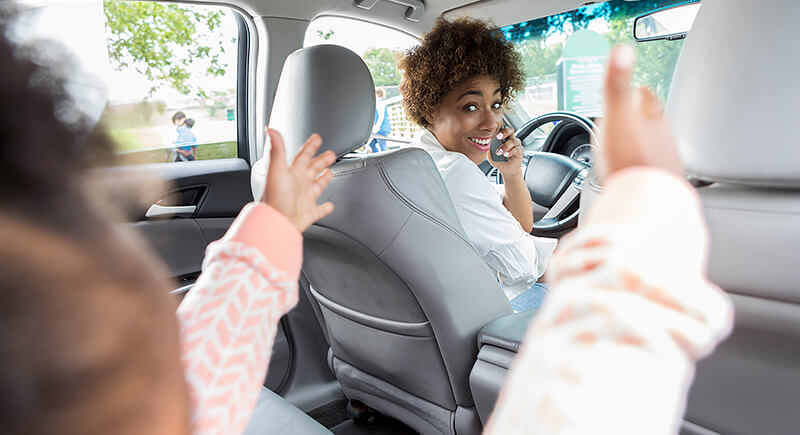
Credit: iStockphoto
Some kids waited for long car rides so they could play pretend and become the driver from the backseat. They pretended to press the emergency brakes to avoid an accident and even move an imaginary steering wheel in a funny way.
Used Disposable Cameras

Credit: pexels
Some kids brought disposable cameras to capture the trip. Most of the photos came out blurry or crooked, but nobody seemed to care. Waiting to develop the pictures later was part of the fun.
Protected Their Space in the Backseat
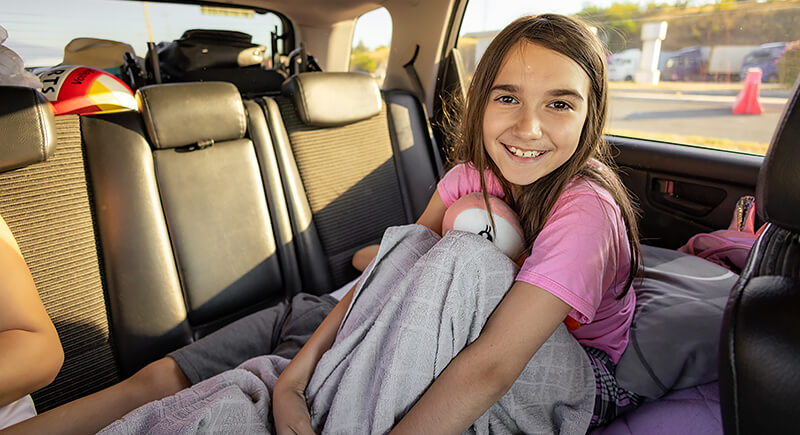
Credit: iStockphoto
Personal space was the only privacy kids had on long drives. Blankets, backpacks, and imaginary borders divided the backseat into different territories. Crossing that line meant war—complete with yelling, bargaining, and empty threats from parents to “pull over right now.”
Stared Out and Daydreamed
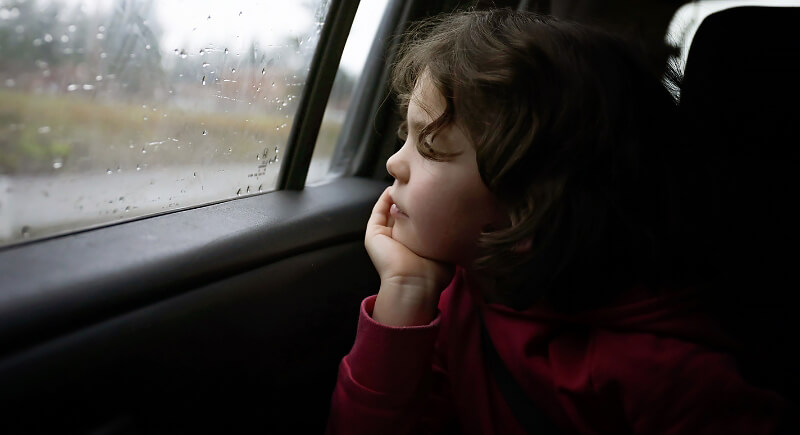
Credit: Getty Images
When all else failed, there was nothing to do but think. Kids stared out at the passing scenery and made up stories in their heads. It was quiet and dull, but it built patience and imagination.